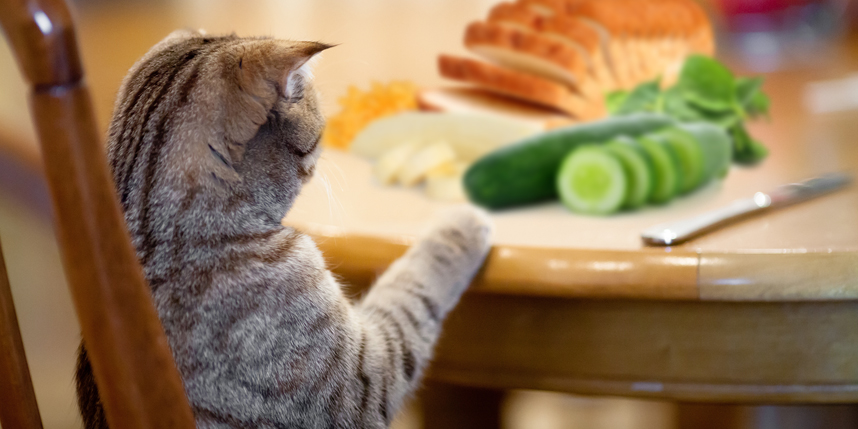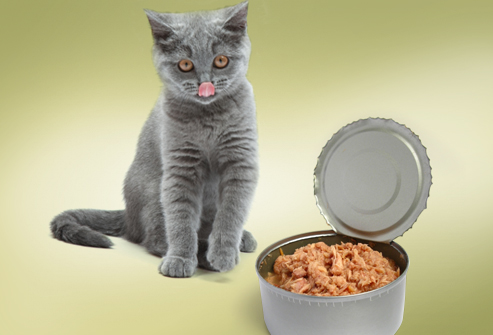Cat owners know a universal truth: their feline buddies finicky eaters. It is hard enough finding the right brand and then finding the right flavor of food that is to their liking.
But what’s worse is when you offer your cat their favorite meal and they simply refuse to eat it. You try to feed it to the cold and you try to feed it to them hot, but nothing works. Sometimes you’ll just give up and walk off only to later find their bowls licked clean.
So you wonder, what is it that cats like or rather don’t like? Is hot food okay for them or is cold food a better choice?
Cats, just like humans, have their preferences when it comes to food and the temperature it is served at. However, cats are also a creature of habit and there are some general guidelines that may make mealtimes easier for you and fulfilling for your kitty. So here is a guide on the dos and don’ts of cat feeding.
What do cats eat?

Cats are obligate carnivores which means they only eat meat and they get their nutrition from animal protein. Unlike dogs, they don’t need any vegetables to be a part of their diet.
There are three options to choose from when it comes to feeding your cat. The commercial cat food options include dry food which is kibble or biscuits and the other option is a wet food that usually comes with jelly and/or gravy. The other option is to make the food at home. Homemade food is a slight bit tricky since you need to know exactly what kind of protein to include and how much of it.
Feeding and storing kibble is as simple as it gets. Once you open a packet of kibble all you have to do is ensure that it is properly sealed to prevent it from going stale and keep it outside at room temperature. Though you might want to keep it in a cat-safe area otherwise the next time you find your cat it’ll be face deep in the packet of dry food! Similarly, feeding the biscuits is also easy since they don’t need to be made temperature appropriate and you can leave them out for longer durations as opposed to wet food. However, you can’t leave the dry food out for days at a time because it does end up becoming stale and the longer you keep old biscuits in the bowl, the more chances it becomes unhealthy for your cat. However, if you feed your cat dry food, make sure to keep plenty of water for your cat since dry food is well dry and will make your cat thirsty.
Canned wet food is a different story when it comes to storing and feeding. A can of cat food can last up to three meals, that’s how much food one can have. Now obviously cat food isn’t cheap and you can’t throw away the remaining goof and give your cat a fresh can for every meal. Instead, you should keep an open can in the refrigerator to keep it from going bad and then give the same food at the next mealtime. If there is leftover food in the bowl then it is suggested not to leave the food out for more than 30 minutes since it is at risk of going bad. If you live in particularly hot climate areas, you might have to pick it up sooner. As far as unopened food is concerned, it’ll be okay in dry room temperature storage.
Homemade food is somewhat similar when it comes to feeding and storage. The only difference is that the amount of food made is entirely dependent on you. It is unlikely that you’ll prepare fresh food for every meal and more likely you’ll make the food in bulk and pop it in the fridge for mealtimes. But be cautious so as not to make too much food and leave it in the fridge for too many days. Freezing the food will be a better option.
Do cats prefer warm or cold food?

Since you’re keeping leftover cat food in the fridge, it’s super convenient to pop it out during mealtime and just feed it to them. But with cats, is anything ever that easy? You’ve probably noticed that every time you feed your cat food straight out of the fridge, they will give you the benefit of the doubt and sniff the food but won’t so much as bother to give it a taste and walk away. That is probably because most cats don’t like their food cold and so they disapprove of the food you’ve offered them.
So then you decide to pop the food into the microwave and warm it up for them. That was the plan until you realize you don’t know how long to heat the food up for. One minute? One and a half minutes? Forty-five seconds? Heating up food is a bit tricky. You need to get the temperature just right. If it’s too hot, it might end up burning your cat’s mouth. Not only will that lead to trips to the vet, but it might also scare your cat off of the food they actually enjoy!
The tip is to warm the food up so that it is at room temperature. Warm food is preferred since it is closer to their own body temperature and is close to the temperature of the prey they would hunt in the wild. Warming up food also brings out the aroma of the food which will attract your cat. While there isn’t a fixed temperature to warm the food up at, some advise it to be at 95F.
Conclusion
Our advice on food temperature is as general as it can be. The truth is where cats are concerned there never is a fixed answer. They have their preferences and we simply have to follow their lead.
